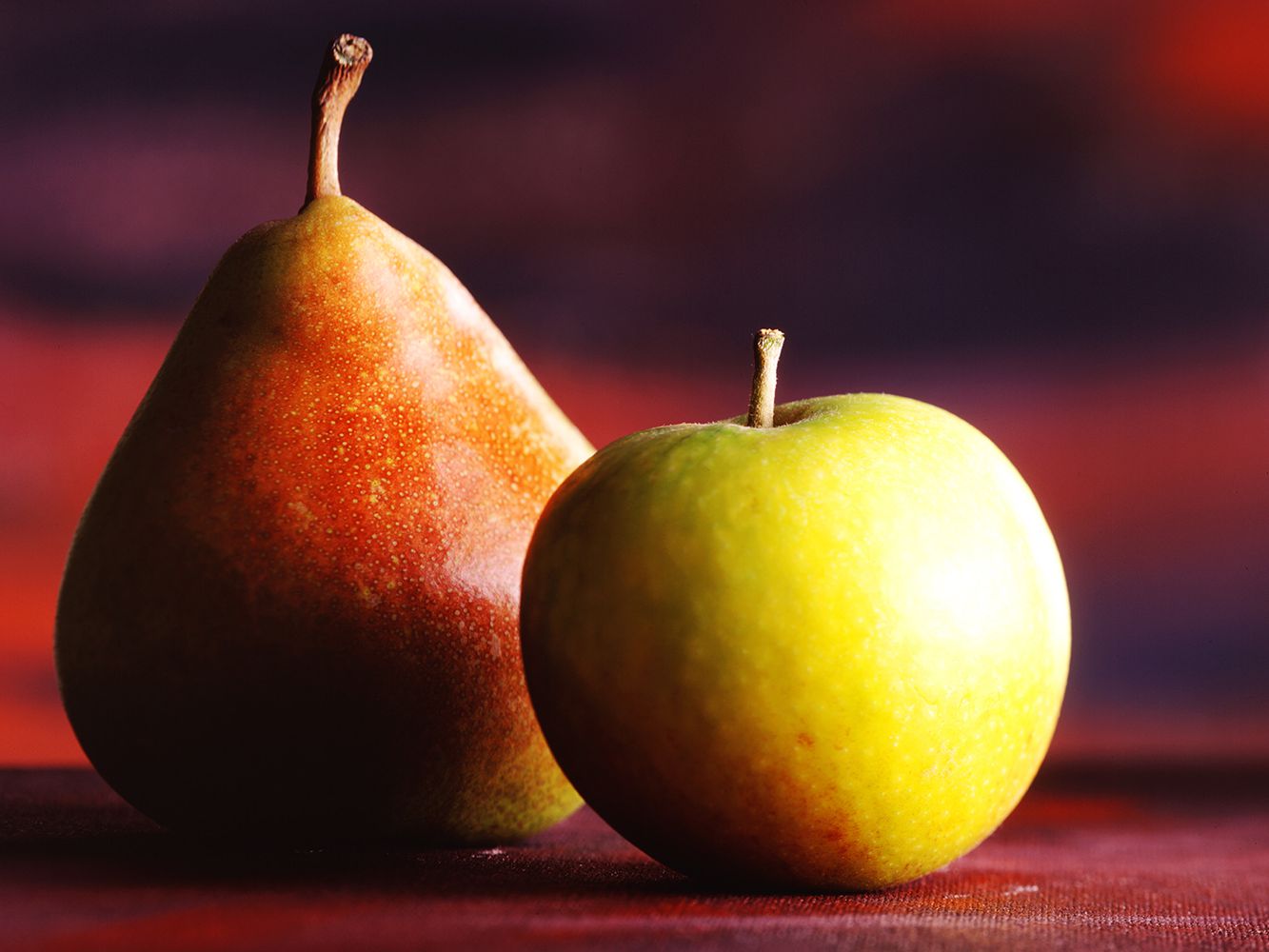- Joined
- Aug 24, 2017
- Messages
- 5,858
Every heard that fructose might deplete ATP? That's one silly argument that I debunk here.

 men-elite.com
men-elite.com

Fructose series part 1: fructose depletes ATP? » MENELITE
Fructose is the most evil monosaccharide there is according to most nutritionists out there. One of the main reasons why is because it’s thought to deplete ATP. Glucose is thought … Continue reading Fructose series part 1: fructose depletes ATP?

